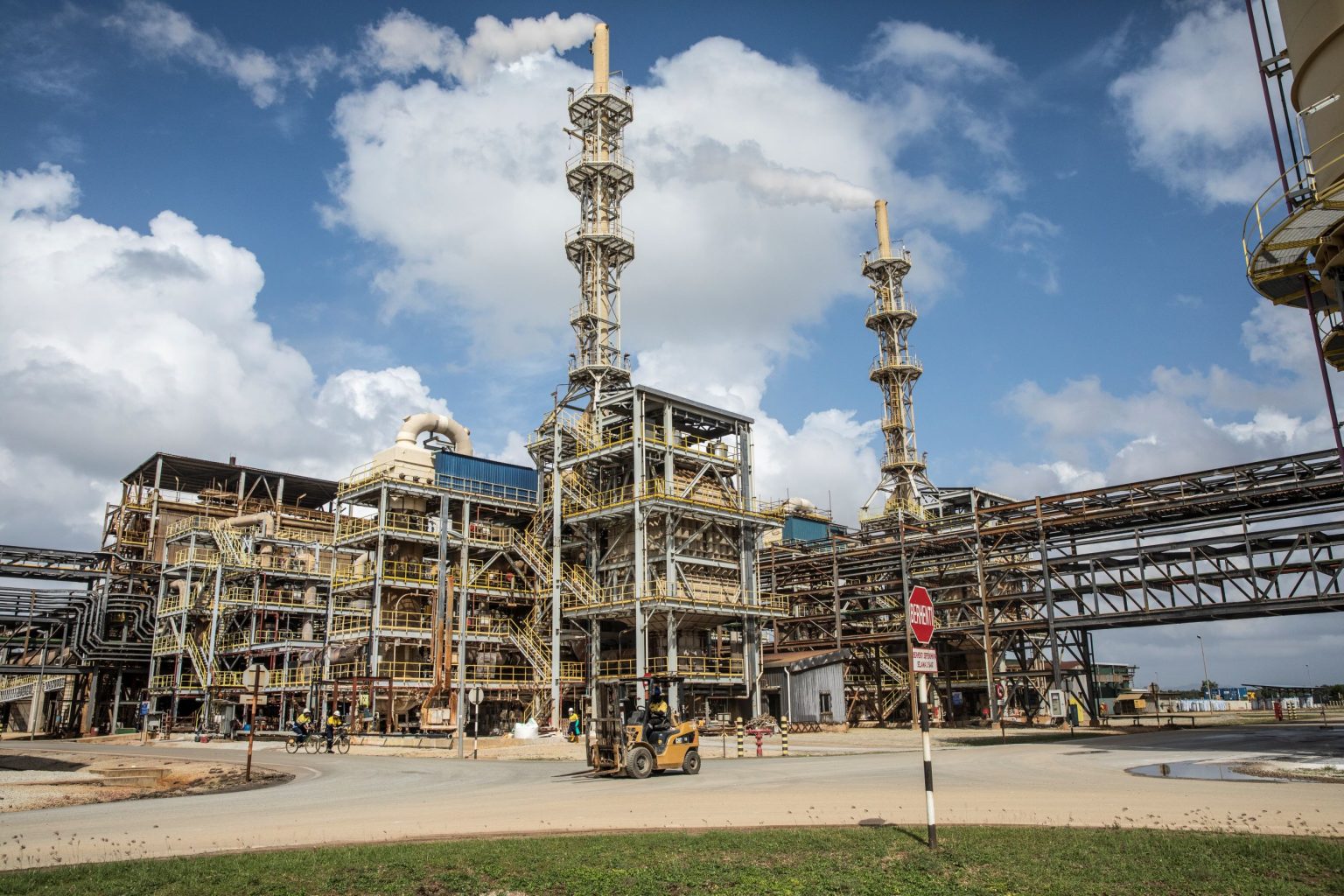Which is better: silicone rubber or EPDM?
Key points:
- Silicone Engineering LTD conducted research comparing silicone rubber to EPDM
- This testing process involved aspects such as temperature testing, stretch testing, environmental resistance, and tear strength.
- The results favoured silicone rubber but especially so when it came to temperature resistance. At 230°C Silicone starts to degrade whereas EPDM will suffer adverse effects after 130°C.
- Silicone Engineering conducted this research to educate and inform industries about the benefits of using silicone rubber.
Silicone Engineering has published research showing the differences between EPDM (Ethylene Propylene Diene Monomer) and silicone rubber in a series of in-depth tests.
Examining each material in a series of technical comparisons, Silicone Engineering discovered the following:

To view this research in full, please visit:
http://silicone.co.uk/blog/silicone-rubber-vs-epdm/
What is EPDM?
EPDM stands for Ethylene Propylene Diene Monomer, a synthetic rubber used in a range of applications. EPDM is most commonly used in the automotive and construction industries for various seals due to its excellent resistance to environmental factors such as ozone, UV and general weathering. Typical applications of EPDM are window and door seals (glazing), waterproofing sheets and electrical gaskets.
What is Silicone?
Silicone is an inorganic polymer comprising of carbon, hydrogen and oxygen (along with Silicone). It is used extensively across many industries and applications from rail, aerospace, food/beverage, automotive and many more. Silicone rubber has a number of advantages but it is most commonly known for and used due to its resistance to extreme temperatures. It is also seen as a sterile elastomer, which is why you see it used in the food and beverage industry as dairy tubing, seals and gaskets on food machinery and also for vending tubes in drinks machines.
Quotes for editorial use
Kadian Jenkins, Marketing Executive at Silicone Engineering LTD said the following regarding the research:
On temperature resistance:
“When subjected to constant heats of 100°C through to 175°C, EPDM shows a massive reduction in size and fundamental deterioration in strength compared to its silicone counterpart. Therefore, silicone is ideal for industries where retention of initial shape and mechanical strength are desired under heavy thermal stress or sub-zero temperatures.”
What were you most surprised to discover?
“We obtained EPDM samples and tested them at various high temperatures to see how they performed. We were very surprised to find that all of the EPDM samples dramatically reduced in size compared with our equivalent silicone grade. In addition, we found very different results from every sample that was tested, leading us to think consistency within the EPDM market is quite erratic.
“The results of the tests were quite worrying especially from the user’s perspective showing that the rapid reduction in size and deterioration of mechanical properties could easily lead to complete failure of the EPDM in the application.”
Why did you do this research?
“After undertaking research into the global consumption of rubber, we discovered the EPDM was being consumed at a four to one ratio when compared with the use of silicone. When it comes to elastomeric properties, EPDM is silicone’s closest competition especially when considering temperature range. Following this discovery, we decided to explore why design engineers were choosing EPDM when silicone has similar if not greater properties inherent to it.”
About Silicone Engineering
Silicone Engineering specialise in the manufacture and supply of silicone rubber for sealing and the protection of applications in a wide range of industrial sectors. It is Europe’s leading silicone rubber manufacturer and supplier and has been operating since 1959.
{{ commodity.name }}
{{ post.title }}
{{ post.date }}


Comments